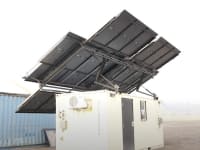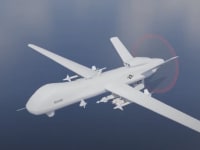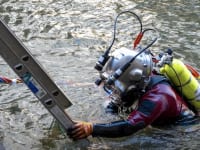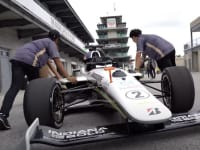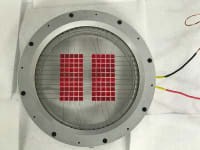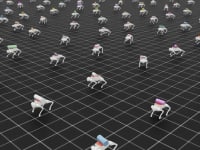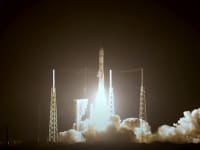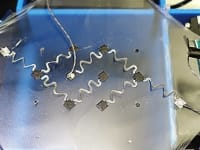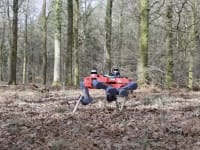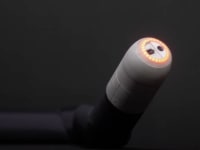Brain Implant Enables Safer Drug Delivery
Built to Adapt: Rethinking Contract Manufacturing for a New Era
Smarter Pathways for Precision Drug Delivery in Cancer Care
From The Editor: Charting the Technologies That Will Shape Medtech in 2026
OEM Toll Processing Advances High-Value Products
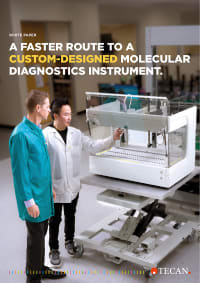






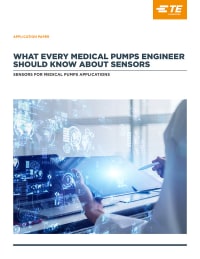













Understanding power system components and how to connect them correctly is critical to meeting regulatory requirements and designing successful electrical products for worldwide markets. Interpower’s Ralph Bright defines these requirements and explains how to know which cord to select for your application.
How Wearables Are Enhancing Smart Drug Delivery
Developing Sustainable Drug-Delivery Devices
Smarter Pathways for Precision Drug Delivery in Cancer Care
Understanding Testing and Compliance Requirements for Wireless Medical Devices
Personalized Medicine and Drug Delivery

Eurofins Medical Device Testing (MDT) provides a full scope of testing services. In this interview, Eurofins’ experts, Sunny Modi, PhD, Director of Package Testing; and Elizabeth Sydnor, Director of Microbiology; answer common questions on medical device packaging and sterilization.






